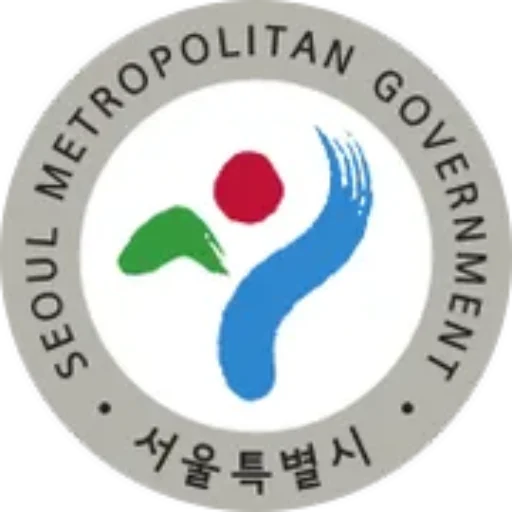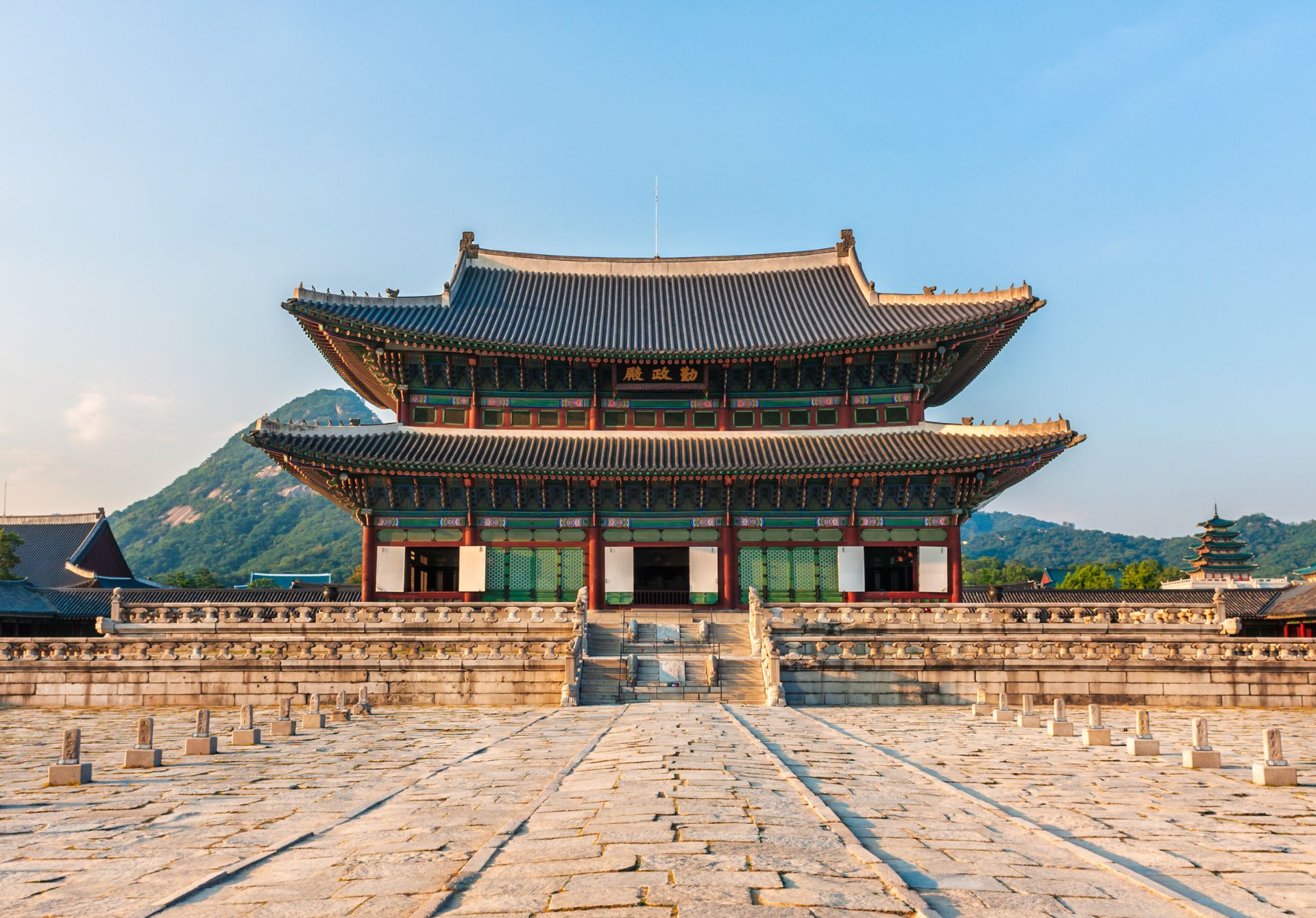Standing majestically in the heart of Seoul, Gyeongbokgung Palace serves as the crown jewel of Korean architecture and a testament to the grandeur of the Joseon Dynasty (1392-1910). First constructed in 1395 under King Taejo, the palace’s name means “Palace Greatly Blessed by Heaven,” reflecting its significance as the main royal palace of the dynasty.
Historical Significance and Architecture
Gyeongbokgung’s architectural layout follows traditional Korean palace architecture principles, with its design adhering to Confucian ideology and feng shui. The palace complex originally contained 7,700 rooms across 500 buildings, though many were destroyed during the Japanese occupation. Notable structures include Geunjeongjeon, the main throne hall, where kings conducted state affairs and received foreign envoys, and Gyeonghoeru, a stunning two-story pavilion built on 48 stone pillars over an artificial pond.
The palace grounds cover approximately 410,000 square meters, making it one of the largest palace complexes in Seoul. The meticulous attention to detail in its construction, from the intricate roof tiles to the precise placement of buildings, showcases the sophisticated architectural techniques of the Joseon period.
Destruction and Restoration
The palace’s history is marked by periods of destruction and renewal. In 1592, during the Japanese invasion of Korea, much of the palace was burned. The most devastating blow came during the Japanese colonial period (1910-1945), when approximately 90% of the palace buildings were deliberately destroyed. By 1915, only about 10 buildings remained.
Extensive restoration efforts began in 1990, with the South Korean government committing to a long-term project to return the palace to its original glory. As of 2024, about 40% of the original structures have been restored, with ongoing work continuing to recover more of the palace’s historical features.
Cultural Significance Today
Today, Gyeongbokgung serves as a crucial cultural institution, attracting over 6 million visitors annually. The palace hosts regular changing of the guard ceremonies, recreated based on historical records, occurring at 10:00 AM and 2:00 PM daily except Tuesdays. The National Palace Museum of Korea and the National Folk Museum, both located on the palace grounds, provide deeper insights into Korean royal court life and cultural heritage.
Recent statistics show that Gyeongbokgung has become increasingly popular among international tourists, with visitor numbers growing by approximately 15% annually between 2015 and 2019, before the COVID-19 pandemic temporarily affected tourism.
Architectural Features and Layout
The palace’s layout follows traditional principles of Korean palace architecture: – The main entrance, Gwanghwamun Gate, faces south according to ancient principles – The throne hall sits on the central north-south axis – Secondary royal residences and government buildings are arranged symmetrically to the east and west – The Queen’s quarters, Gangnyeongjeon (강녕전), showcase the distinctive characteristics of Korean royal residential architecture
Conservation and Future Prospects
The South Korean government has allocated significant resources to preserve and restore Gyeongbokgung. The most recent restoration project, begun in 2020, focuses on recovering the western compounds and gardens. This project, with a budget of approximately $150 million, aims to restore an additional 20% of the original palace complex by 2030.
Gyeongbokgung Palace stands as more than just a historical monument; it represents the resilience of Korean cultural heritage and the nation’s commitment to preserving its past. Through centuries of destruction and renewal, the palace continues to serve as a living museum, offering visitors a glimpse into the sophisticated culture and architectural brilliance of the Joseon Dynasty. As restoration efforts continue, future generations will have an even more complete understanding of this magnificent symbol of Korean royal heritage.
The palace’s enduring significance lies not only in its architectural beauty but also in its role as a physical embodiment of Korean history, culture, and identity. As Seoul continues to evolve as a modern global city, Gyeongbokgung remains a steadfast reminder of the rich cultural legacy that has shaped contemporary Korea.

